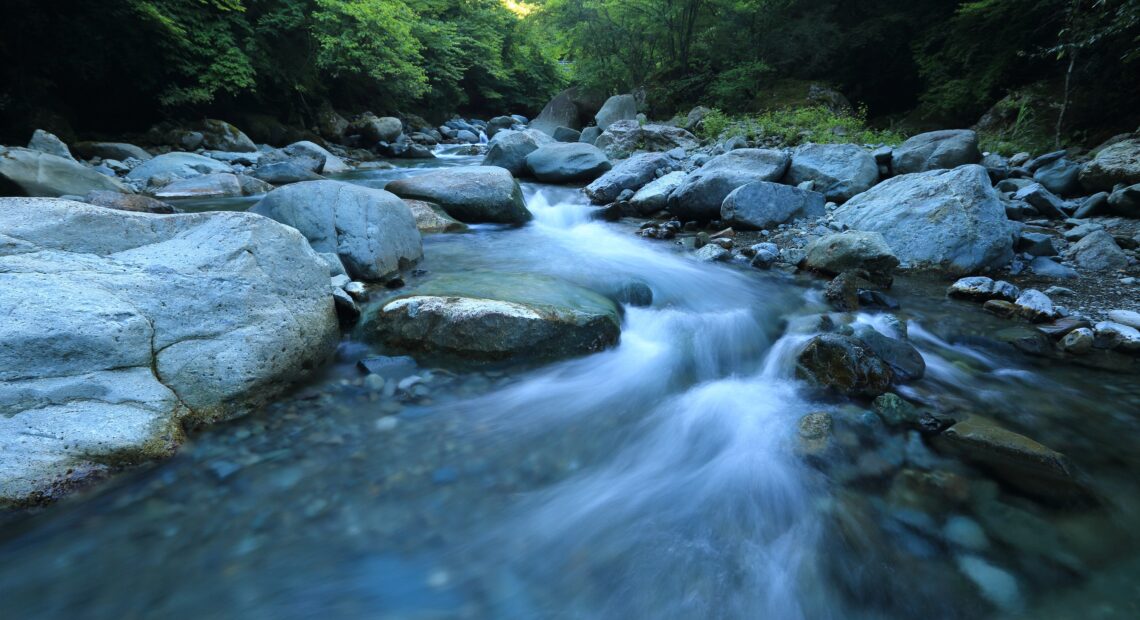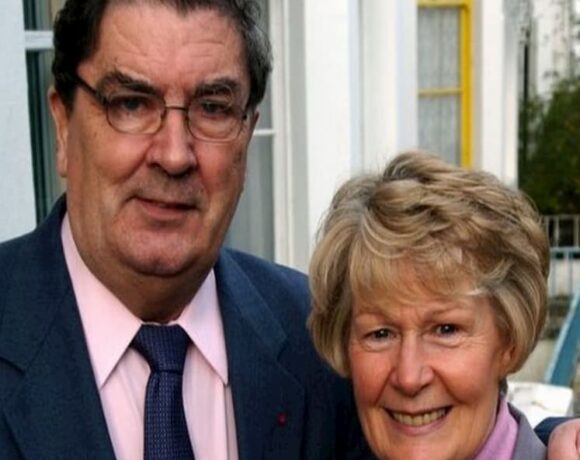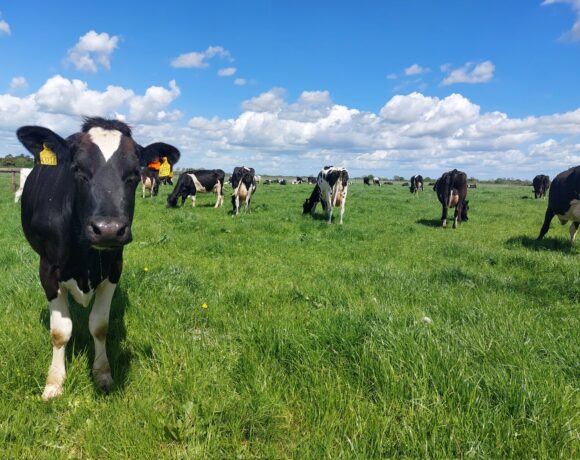New insights into the characteristics of Ireland’s most pristine waters have been published, along with a comprehensive set of measures to reverse the deterioration of these rivers and streams.
The Framework of Measures and Best Practice Guidance for High Status Objective Water Bodies was published by the Waters of LIFE Project, a €20 million EU-funded project managed by the Department of Housing, Local Government and Heritage. The Waters of LIFE project’s purpose is to reverse the deterioration of Ireland’s most pristine waters, in six catchment sites in Clare, Cork, Galway, Roscommon, Kerry and Wicklow, working with landowners, local authorities and communities to make improvements to the water quality of each catchment. High status or pristine waters are in close to pristine condition, rich in biodiversity and show little or no impact from human activity. Ireland is one of a small number of EU member states that still has a number of high status water bodies.
The report comprises a comprehensive set of measures to address pressures on water quality from a range of sectors considered to be impacting on these types of rivers, which are often located in remote, rural parts of the country. A series of sector specific annexes for agriculture, forestry, peat extraction, quarrying and domestic wastewater treatment systems was also published today, listing the measures available to deal with pressures from that sector and ranking them by effectiveness.
The Waters of LIFE team, based out of Croom, Co Limerick, will begin to roll out and test the measures contained in this report in the five demonstration catchments for the project, using the report’s insights to inform the best measures suited to each water body’s needs. Participating landowners including foresters will be able to avail of support from a voluntary Results-Based Payments Scheme linking higher environmental quality with higher payments.
Minister of State for Heritage and Electoral Reform Malcolm Noonan TD said, “high status water bodies are a precious resource and it is imperative that we not only halt, but reverse their decline. This report highlights new and valuable insights into our highest status waters, and we hope to see this knowledge put to good use, not just through the Waters of LIFE project but by farm advisors, landowners and all of the stakeholders working to improve water quality. The Results Based Payments Scheme offered as part of this project will support and reward efforts made by landowners including farmers and foresters to improve water quality in these five catchments. We’ve seen the success of this model in other LIFE projects such as Wild Atlantic Nature LIFE IP which granted in excess of €2.4 million in payments in 2022. I encourage eligible groups in the areas around those catchments to get involved in the project.”
Key insights from the report published include:
- Less than half 44% of rivers for which a high status objective has been set in the River Basin Management Plan for Ireland are currently achieving that status.
- The majority of high status objective rivers, outside the southwest of Ireland, are in areas dominated by poorly drained soils and occur as headwater streams located in the upper reaches of a catchment close to the river source.
- The sectors that have the greatest impact on high status objective water bodies are agriculture, forestry, extractive industries and domestic wastewater treatment systems.
- Changes to the physical structure of rivers, fine sediment accumulation and over enrichment with nutrients are the major issues causing high status rivers to be at risk.
- Actions to protect or improve water quality should be evidence based and the result of detailed catchment assessments; should be appropriate to the specific issue causing the waterbody to be at risk and appropriate to the particular setting: “the right measure in the right place”
- The impact of individual actions can be limited and it may require a combination of measures to achieve the necessary improvements in water quality.
Waters of LIFE Project Manager Anne Goggin further commented, “as highlighted in recent EPA reports, the quality of water in our rivers and lakes has been deteriorating in recent years. Of particular concern, is the loss of what are called “High Status” waters and our project aims to address and reverse this trend. Other water quality trends have well-understood cause and effect, with detailed plans in place to mitigate impacts. More actions are necessary to protect pristine waters. The report we’ve published today helps to build our knowledge of the nature of these types of water bodies and how best to address the pressures they face. Our project will roll out the measures relevant to each of our catchment sites, testing and refining as we go. We look forward to implementing these measures, continuing our work with landowners and communities to improve water quality across the five sites with the support of the Results Based Payment scheme.”
It is hoped that this report and its set of ranked measures for each sector, which are available on the project website www.watersoflife.ie, will prove to be a valuable resource for farm advisors, land owners and practitioners and will help to ensure that measures taken to improve water quality are appropriate to the specific setting (the principle of the right measure in the right place) to be as effective as possible.













